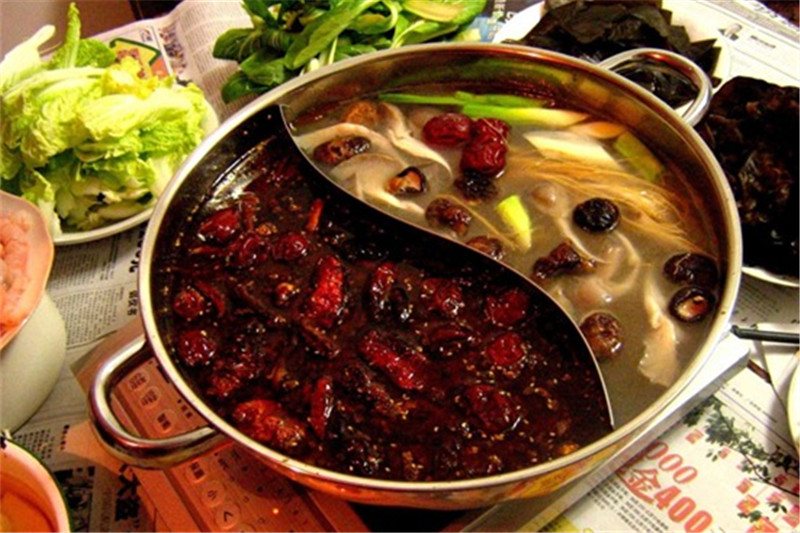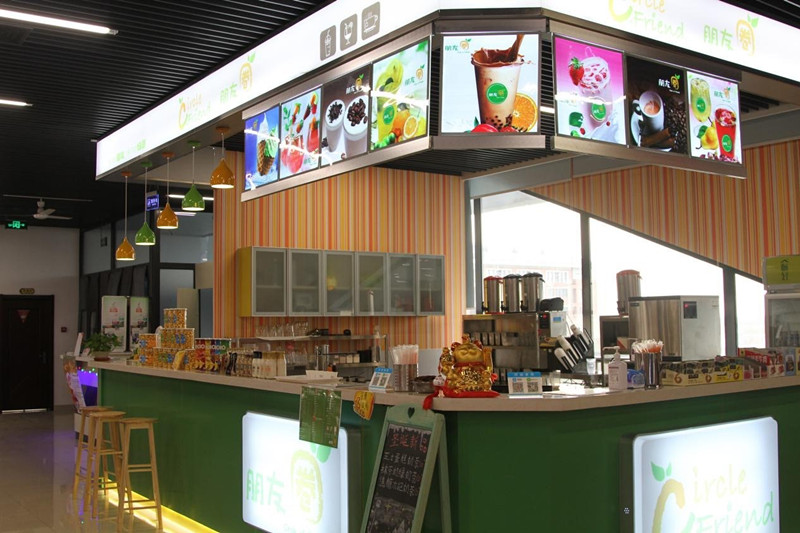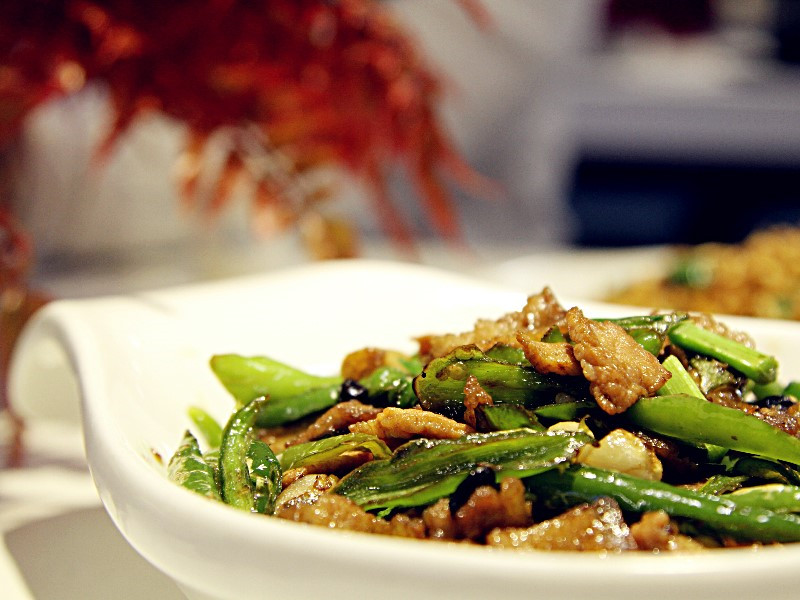Tianjin University strives to serve our students healthy, sustainable, and delicious food at every meal. The TJU Food Court lies in No.5 canteen provides balanced and nutritious meals. Hot and cold foods, snacks, hot and cold beverages, coffee and many daily specials. These new and versatile options enhance the dining experience, keeping students from becoming bored of the same old meals mid-semester. You can discover the ethnic flavors of China with mouthwatering favorites from Hunan, Lanzhou, Taiwan and Xinjiang. The Food Court consists of a number of vendors at food stalls or service counters.

Cold and windy weather brings to the hot pot season. Hot pot, also known as Chinese fondue, is one of the most popular meals in China. At the Food Court, you can set a pot of simmering broth on a portable burner in the middle of the table. Around it are plates of meat, seafood, and vegetables, all prepped and ready to be cooked in the broth. Besides, hot pot is one of the most social meals a person can eat. Not only are you gathered at one table sharing a meal, but you're cooking your food together in a shared pot. It is a great way to socialize. People gather around the pot, chatting, eating, drinking, and having fun. Additionally, hotpot is a "healthy meal". Boiling is better than frying, and bone nutrients are released into the broth. Eating hotpot can warm the body and improve circulation in winter, and increase perspiration to help cool the body in summer. Some seasonings used in hotpots can help alleviate some minor illnesses like colds, blocked sinuses, and headaches.
If you have a mixed group with some who don't eat spicy food, there are special pots with a divider in the middle, between the spicy and clear soup, which called a 'Mandarin ducks pot' eatery offer the sectioned bowl with differently flavored broths.
It is usual to use a variety of different meats as well as sliced mutton fillet.
You can also taste Xinjiang style grilled lamb there, named Chuan in Chinese. It is a product of the Chinese Islamic cuisine of the Uyghur people and other Chinese Muslims. They are spicy lamb skewers coated in cumin and chili flakes.

Various milk teas are available at the Food Court to wash down your meal. The classic milk tea is similar to Hong Kong style milk tea. It has a smooth, creamy texture thanks to the evaporated milk. This tasty milk tea is creamy and full-bodied. Cappuccino milk tea has some white frothy residue inside the lip of the cup after some of it has been drunk. This white froth means that the concentration of butterfat in the evaporated milk used is high enough. Matcha cheese milk tea is also popular amongst TJU students. This fast and easy recipe compliments and offsets the fragrant, leafy taste of matcha green tea powder with creamy milk and a little sugar for a flavor balance that will leave you feeling refreshed. A rejuvenating, nutritious probiotic yogurt is also on sale. Delicious hot or cold drinks can be found there year round.

Being one of the eight major components of Chinese cuisine, Hunan cuisine first appeared during the Han Dynasty. With various materials in it, the cuisine has different kinds of flavors which are spicy, fresh or tender. The cooking styles of the cuisine include simmering, braising and frying.

Guifaxiang is a traditional brand of mahua, a traditional Tianjin snack. Mahua is a fried dough twist which can be seen everywhere in Tianjin. Guifaxiang 18th Street Mahua is the most famous and one of the oldest brands, at the original location of the former 18th street shop where it got the name from. People would like to buy it as a gift to give friends when they have visited Tianjin and return home. It has almost become a symbol of the city. Mahua can be traced back to more than 2000 years ago during the spring and autumn period when Duke Wen forbade his people to use fire for three consecutive days to commemorate one of his courtiers, Jie Zitui, which was later called the Cold Food Festival. People fry dough with honey as a substitute during the festival as fried food can be preserved for longer, and that was the original Mahua. Guifaxiang 18th Street Mahua emerged in 1927. It was founded by a craftsman Liu Laoba from the west part of the city. The Character of Mahua comes from its carefully selected ingredients, outstanding baking, beautiful style, and sweet crispness. It is made of several plain dough twists and crisp dough twists that are mixed with nuts, osamthus, ginger,green prunes, and other ingredients.
By: Wang Huiting and Zhang Xuan
Photo: Zhao Xijun
Editors: Qin Mian and Christopher Peter Clarke






